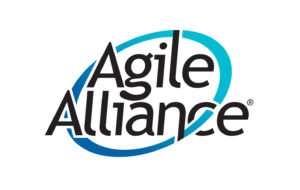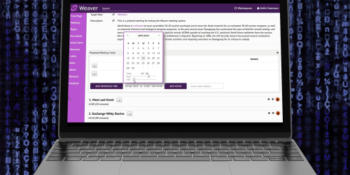 Agile is a software programing method developed in 2001 with the issuance of the Agile Manifesto. Agile principles are parallel to many sociocratic principles and patterns. The double link concept of Sociocracy lets Agile teams known as Scrums scale up to incorporate the larger organization.
Agile is a software programing method developed in 2001 with the issuance of the Agile Manifesto. Agile principles are parallel to many sociocratic principles and patterns. The double link concept of Sociocracy lets Agile teams known as Scrums scale up to incorporate the larger organization.
Scrum works great with small, focused teams on small projects. What happens when you need to deliver a medium to large sized program that require more people? Scrum gives no guidance on scaling. There are books and ideas out there (“Scrum of Scrums”, Integration Scrum teams) but none have delivered reliable results. These techniques often reduce the sense of collaboration and agility as the programs get larger. Decisions feel more autocratic, teams have a lower sense of control and happiness.
Dynamic Governance may provide the answer. Called by some “Scrum’s big brother”, Dynamic Governance is an organizational method that uniquely combines best business practices with the principles of cybernetics and systems thinking to deliver a decision-making mechanism that works at scale. Developed in The Netherlands, it has been used successfully in organizations for over 40 years.
This workshop demonstrated how Scrum is a Dynamic Governance system for 1 team. It suggested some improvements, particularly for retrospective meetings. However, the workshop focused primarily on applying Agile philosophy and the 3 principles of Dynamic Governance to design organizations at different levels of scale, including top management and organizational units that are not directly involved in the production of software. Decisions are made quickly, are biased toward action, and they stick!




